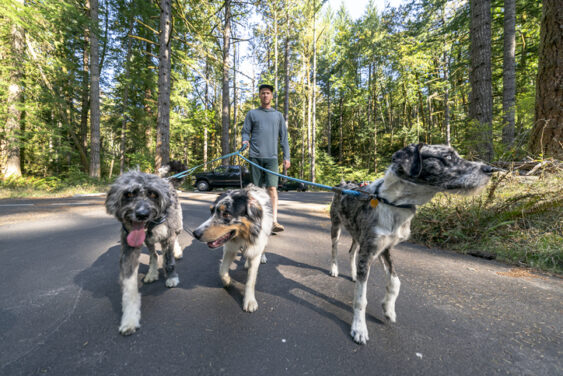Being an innovation consultant helping large businesses to invent new stuff (one half of my life), the occupational hazard is the go-to small talk question – “what’s your favourite innovation?”
I always turn it around on the questioner. About 50% of the time the answer is the iPhone, another 45% of the time it is some other consumer product. The innovations that we touch, see and use in our everyday lives. Often characterised by design innovation.
But those aren’t the ones that turn me on. Instead of the iPhone (beautifully designed and functioning yes, but still just an evolution in mobile phones) for me it is the App Store that was Steve Jobs’ real genius, the unlock to endless functionality, recurring income for Apple and the real reason why for many people it would be a hard choice to give up their phone or their right arm.
If you are wondering, my most admired innovation starts with the ‘Starvationer’ (an 18th century boat with 10 wooden containers transporting coal) but really comes to fruition in the late 1960s in a moment of international co-operation that saw the birth of the modern shipping container and the boats, trains, trucks and cranes that handle them.
Modern intermodal containers and the global trade they facilitate and make efficient (i.e. cheaper) have changed our world – creating wealth in developing countries, access to an unimaginable variety of product the world over, whole industries, workforces and geographies changed. In 2019 there were 800 million TEU shipments (TEU being the ‘twenty-foot equivalent unit’ that the industry uses to describe a standard container size). Take a moment to visualise that (it staggers me to think that is one for only every 9 ½ people in the world). If you must use the overused word ‘disruptive’, the shipping container is truly a disruptive technology.
Incidentally, this is also something we take for granted at our peril. As the Economist reported a couple of weeks ago, the average cost of shipping a standard large container (a 40-foot-equivalent unit, or FEU) has surpassed $10,000, four times higher than a year ago. Yet another new supply chain friction that will take a while to work its way through.
The app store and the shipping container are both operating model innovations. Creating access, efficiency &/or value behind the scenes.
In the other half of my life I’m an investor and help start-ups to gain a foothold and start to grow. My advice for founders is to spend as much some thinking about the innovation of your business model and commercial model, as you do on innovating those things that the consumer sees.
For example, one of our portfolio companies — Bedfolk. A beautiful proposition with a strong brand story coming together and stunning product (sleep in their linen bedding and realise it’s the everyday luxury you didn’t know you needed). Two super smart, curious founders who execute tenaciously and are impatient to find the next improvement to their business. So I love seeing their 5 star reviews, looking at the sales numbers, the constant stream of incremental improvements to their copy, tone of voice, marketing and website and seeing them gain confidence to make bolder hiring choices and bolder investments. But the thing that gave me the goosebumps was when they spent a weekend with a hammer and saw.
Imagery is an important part of their marketing playbook – driving strong conversion and returns from Facebook and Instagram. But photography is expensive and cramming it into a make or break one or two day shoot is stressful and inflexible. So when Jo & Nick recently moved into their new fulfilment centre in Cheltenham they built a mezzanine level photography studio – complete with a mobile second wall to create different room styles. This gives them stronger and more frequent content at a much lower cost.
Like the app store and the shipping container, a backstage innovation that delivers competitive advantage. What could yours be?
Related: Four ways to overcome lack of innovation in business





